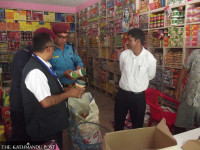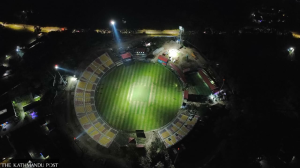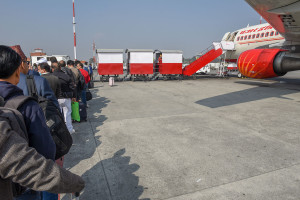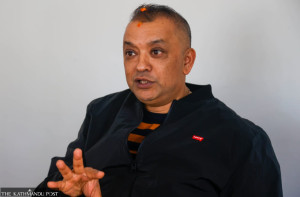Opinion
Road to reconstruction
Reconstruction processes must include a strong sense of community ownership to be successful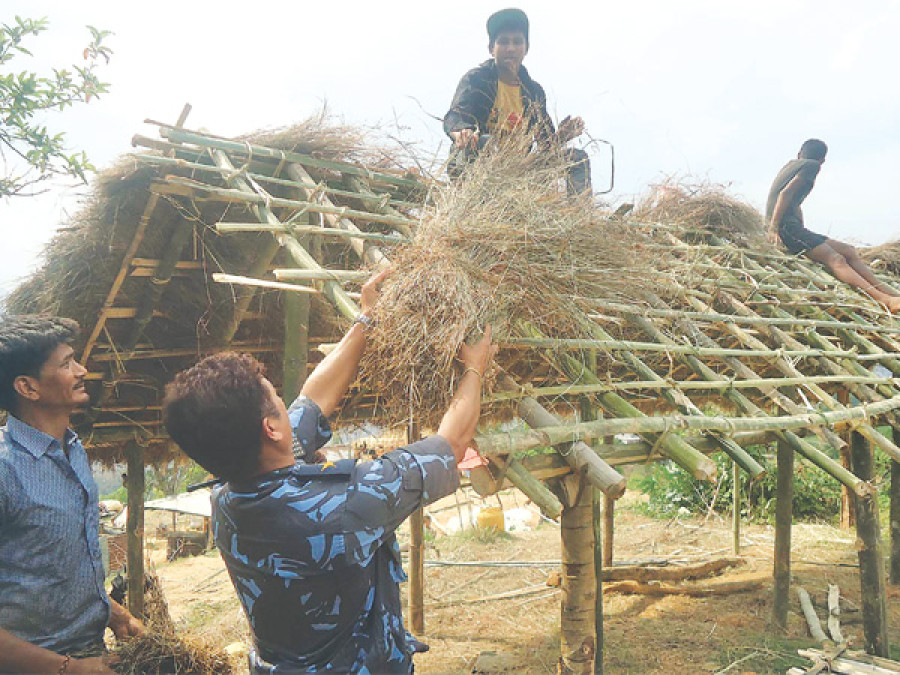
Shankar Sharma
The Nepal earthquakes of April 25 and May 12 were among the deadliest disasters in the world. The loss of lives and property has been overwhelming. Schools, heath posts, hospital, and infrastructure, including roads and drinking water networks, have all suffered immensely. The loss to GDP has been significant.
The management of emergency response—construction of temporary shelters and damaged infrastructure, and resumption of basic facilities to be able to provide adequate minimum services for victims and rehabilitation and reconstruction management —which is marred by political instability and a clumsy bureaucracy, are not easy.
The Government of Nepal, with the help of political parties, international agencies, bilateral donors, civil society, and NGOs, has to speedily but efficiently address this daunting task. A rehabilitation and reconstruction plan has to be carefully drawn and an action plan for implementation has to be developed to build safer communities.
Reconstruction road map
The main objective of the reconstruction plan should be to build safer towns and villages, which reflect the aspirations of the affected people.
In order to achieve desired results, the government has to quickly estimate the damage and losses. A comprehensive medium-term reconstruction plan based on the damages but incorporating new spatial layout planning, the quality of new services to be created as well as new facilities and infrastructure, has to be formulated.
The plan should aim to revitalise the economic system by reconstructing damaged infrastructure like irrigation channels, roads, the drinking water network, and electricity suapply. Any other constraints for enhancing agricultural and business activities should also be addressed and removed.
Restoration of historical monuments and national heritage may take even longer, because of the nature of the job and unavailability of artisans.
Building safer communities
Some of the reasons for the devastation caused by the recent earthquakes, especially in urban settlements are weak building codes, lapses in the enforcement of existing codes, weak building structures, unsuitable soil and geological conditions, and a lack of awareness on earthquake preparedness.
However, the destruction of houses in rural areas could be mainly due to non-engineering designs, weak construction, and poor soil quality. The majority of rural households have mud bonded stone, brick, or wood foundations and walls. According to the Nepal Living Standard Survey 2010/11, more than 92 percent and 89 percent of households in the mountains and rural hills, respectively, were estimated to have used mud in their foundations and for bonding. They also use similar bonding technology for the outer walls of their dwellings.
The structure of building foundations has also been observed to be weak in many instances. Geology and soil conditions of some areas are fragile and highly vulnerable to earthquakes. Above all, almost all of these houses are built without any engineering philosophy for disaster risk. These are some of the reasons why a majority of these buildings were not able to withstand the recent earthquakes.
Once the structural deficiency of the damaged or destroyed houses is identified, construction techniques supported by engineering knowledge of all types of buildings (eg, mud, bamboo, wood, masonry, and non-engineered reinforced concrete buildings) for reconstruction have to be articulated based on locally-available construction materials to make rural houses earthquake resistant. The designs should also be cost effective.
These techniques are simple and available in the market. Guidelines for construction and codes for all types of houses and technical support have to be provided by the government. Training and awareness of disaster-resilient construction for communities are important in the implementation phase. In the process of reconstruction in Gujarat following the 2001 earthquake, almost 30,000 masons and 7,000 engineers were trained to support multi-hazard resistant housing construction.
In urban areas, zoning for commercial and residential buildings, strict implementation and enforcement of building codes, increased awareness of seismically safe construction practices, and enhanced mechanisms and capacities for building code implementation have to be introduced and strengthened.
Incentives for cluster housing
The government has to provide an option to the affected people to decide whether they would like to settle in their places of origin or move to another planned housing area. However, the government should offer incentives to attract these people to resettle in planned areas and explain the advantages of doing so.
Settlements in Nepal (especially in the hills and mountains) are so dispersed that reaching them with basic services is extremely difficult and expensive. The government, politicians, and civil society should encourage affected people to resettle in planned areas in clusters.
Such cluster housing will make services like transportation, electricity, schools, and health facilities cheaper and more people could benefit from development activities. The size of these clusters could be different in different regions and could be based on local topography, availability of land, and social fabric.
Despite significant improvement in the delivery of services in almost all types of facilities, including health, education, and roads in the country during the last 20 years, service delivery is still challenging because of the sparsely-distributed population, especially in the hilly and mountainous areas of Nepal. Lack of roads, difficult topography, and remoteness has made many villages inaccessible.
For example, about 6.4 percent, 41 percent, 66.6 percent, and 66.8 percent of the population in rural areas has to walk more than 30 minutes to reach the nearest primary school, health post, market centre, and agriculture centre, respectively.
Community satisfaction
Experience shows that a community-driven approach is one of the most efficient modalities to rebuild houses and offer high level of beneficiary satisfaction. It also creates a sense of ownership and pride among beneficiaries. Community participation also helps reflect traditional aesthetics.
Communities could act as owners and even contractors of their own projects. But they have to be supported by technical knowledge and manpower to have better engineered housing designs and in their construction.
Experiences from Sri Lanka, Indonesia, and Gujarat show that community-based post-earthquake housing reconstruction schemes yield better results, compared to contractor-based approaches. This approach not only provides satisfaction to beneficiaries but has also been observed to be cost-effective. Only about 23 percent of beneficiaries in the Gujarat reconstruction programme were satisfied under the contractor-based approach. In Indonesia, more than 63 percent of beneficiaries were satisfied with the reconstruction outcome, where community participation was greater. Sri Lanka also had similar experiences in the post-reconstruction period.
Successful post-disaster reconstruction depends on a clear reconstruction strategy, robust government leadership, enhanced mobilisation of resources, strong partnership with donors and communities, internal and external monitoring and oversight mechanisms, and authoritative and accountable implementing agencies. However, the key to the success of reconstruction processes will only be achieved by building multi-hazard resistant housing with a strong sense of community ownership, accompanied by better facilities and infrastructure for the purpose of providing better quality of services.
Sharma is a former Vice-Chairman of the National Planning Commission and a former Ambassador of Nepal to the US




 9.12°C Kathmandu
9.12°C Kathmandu




